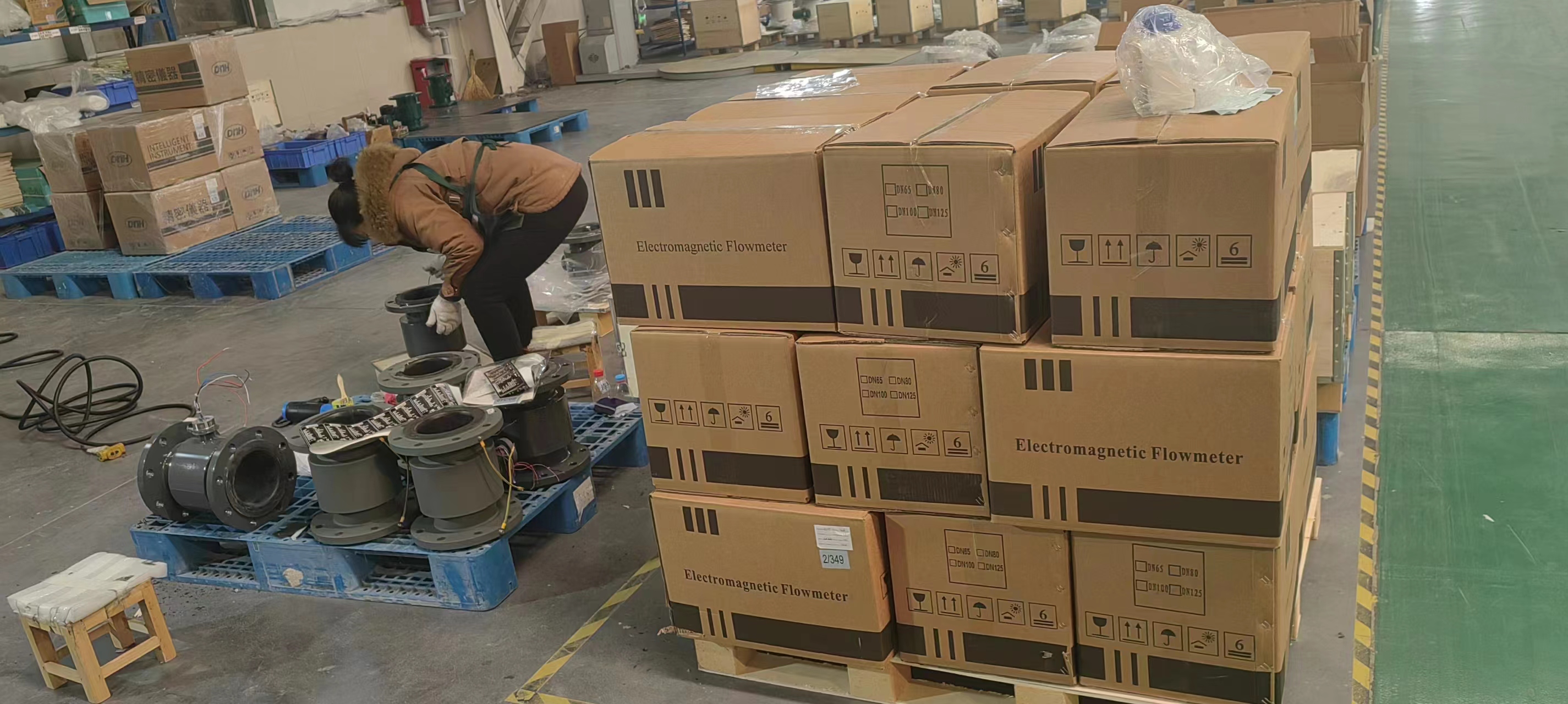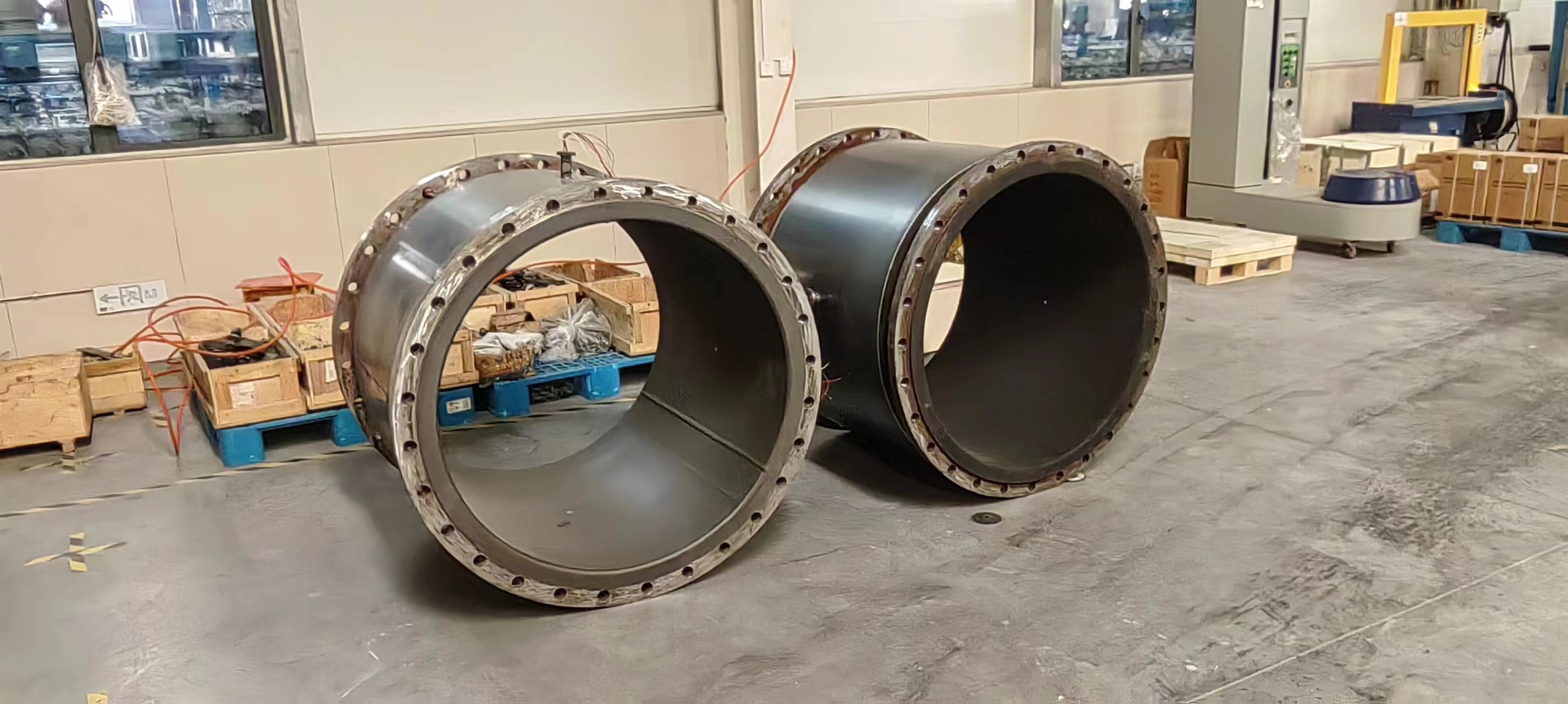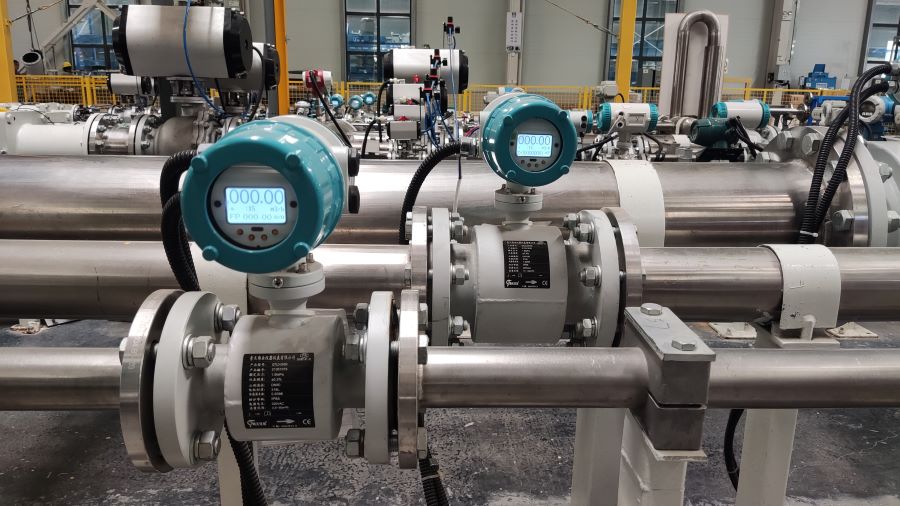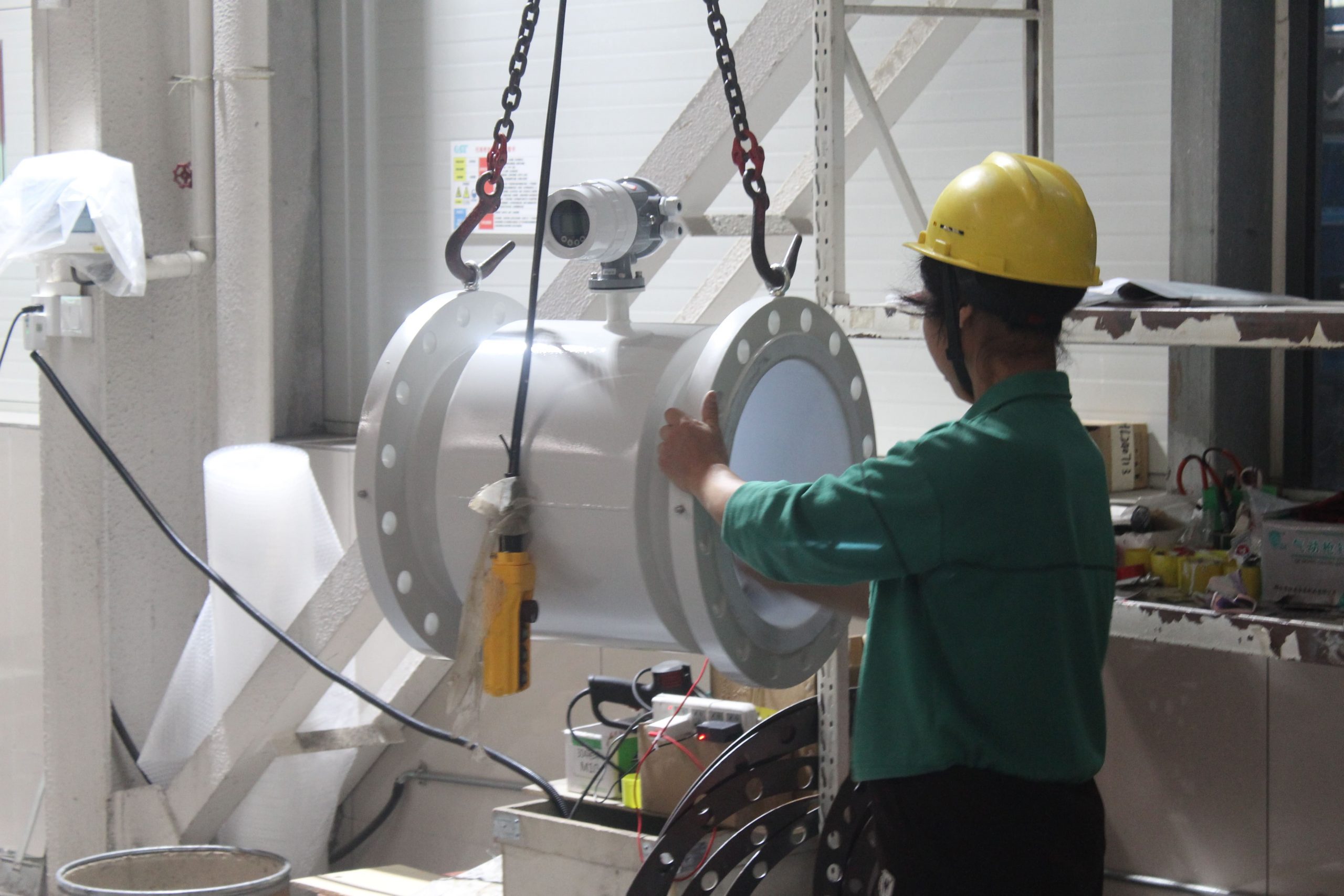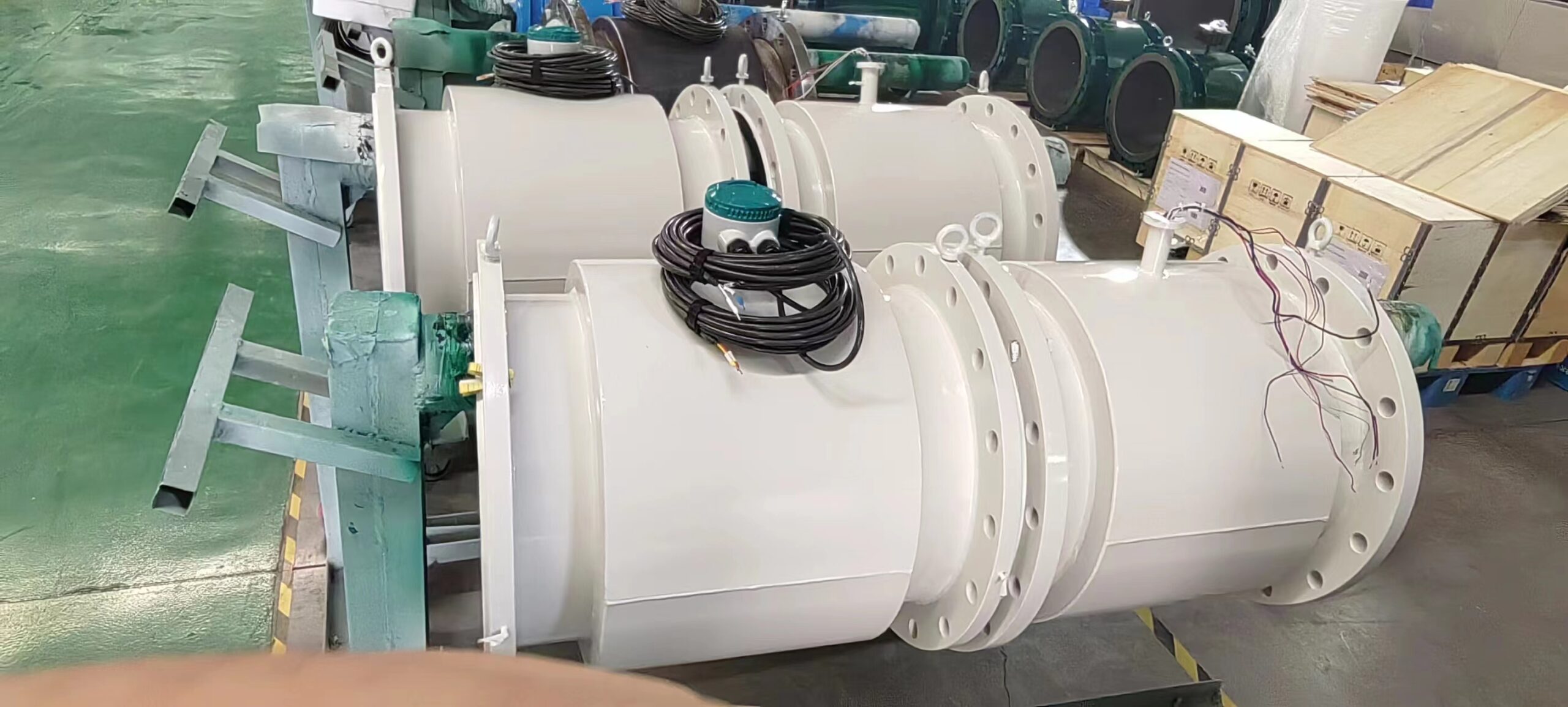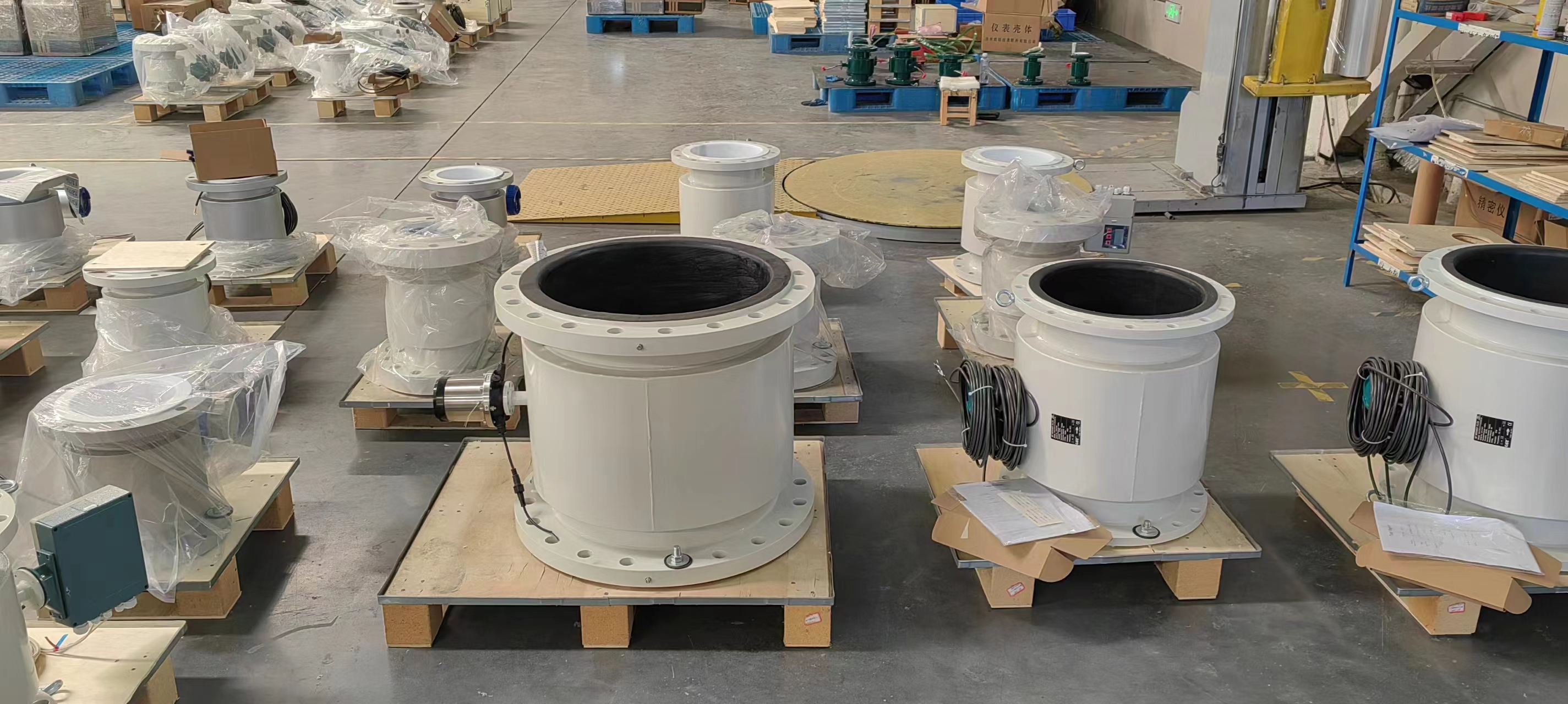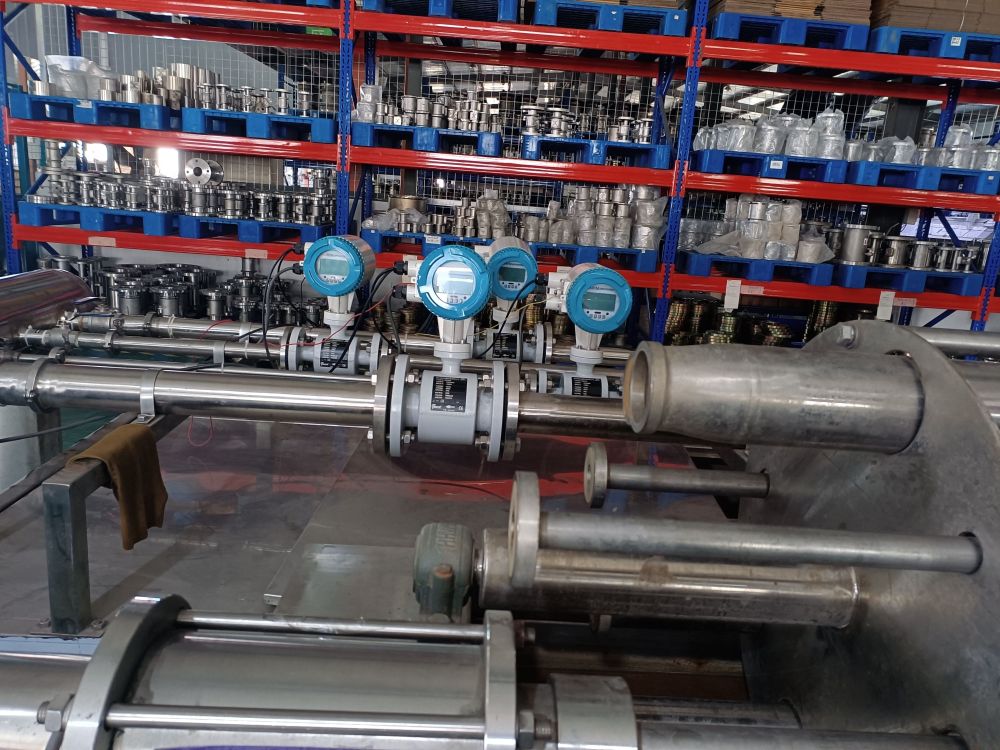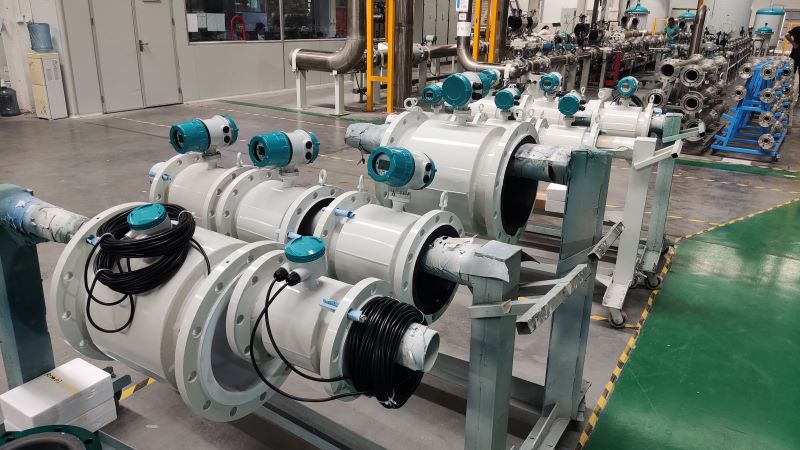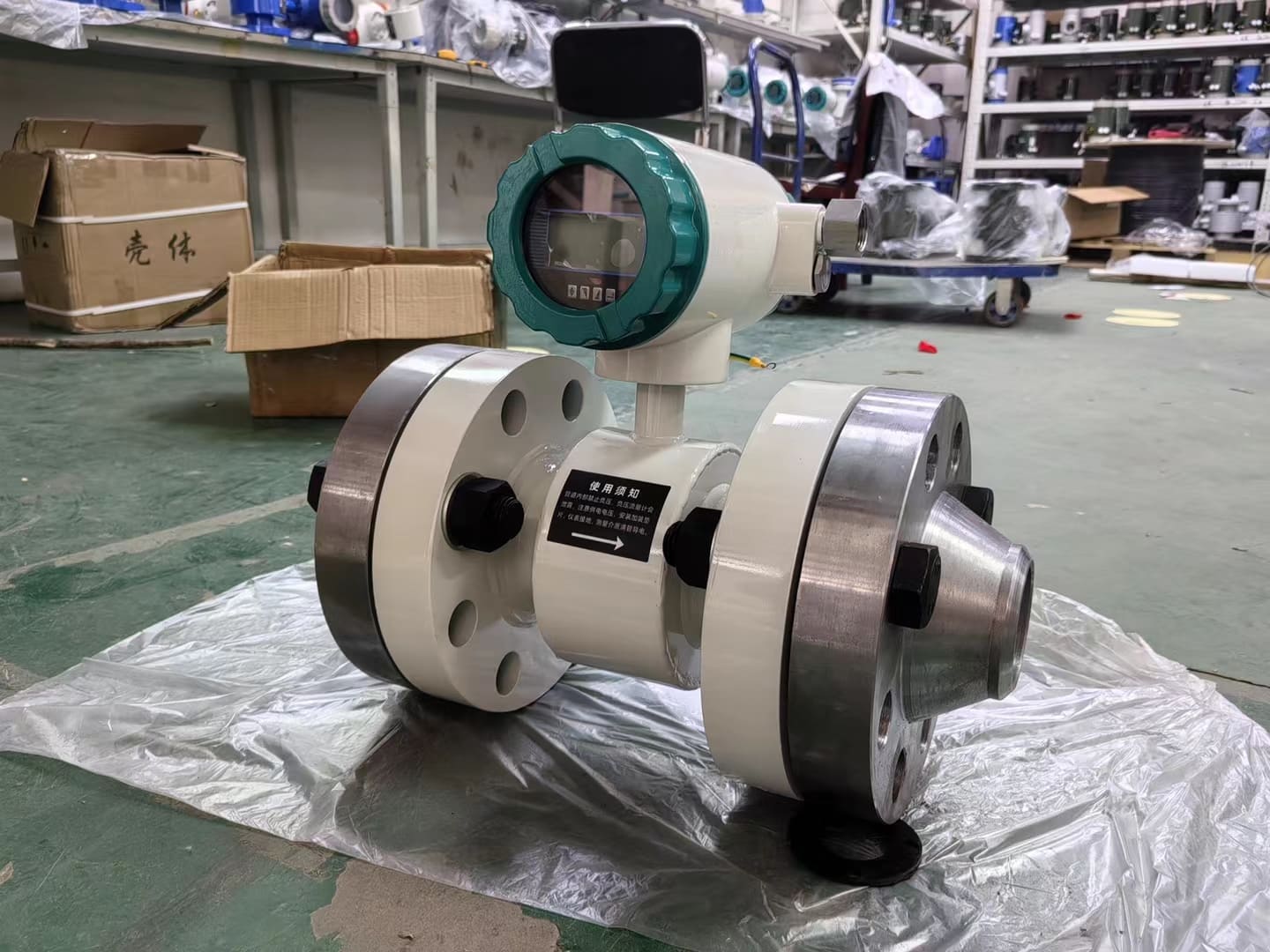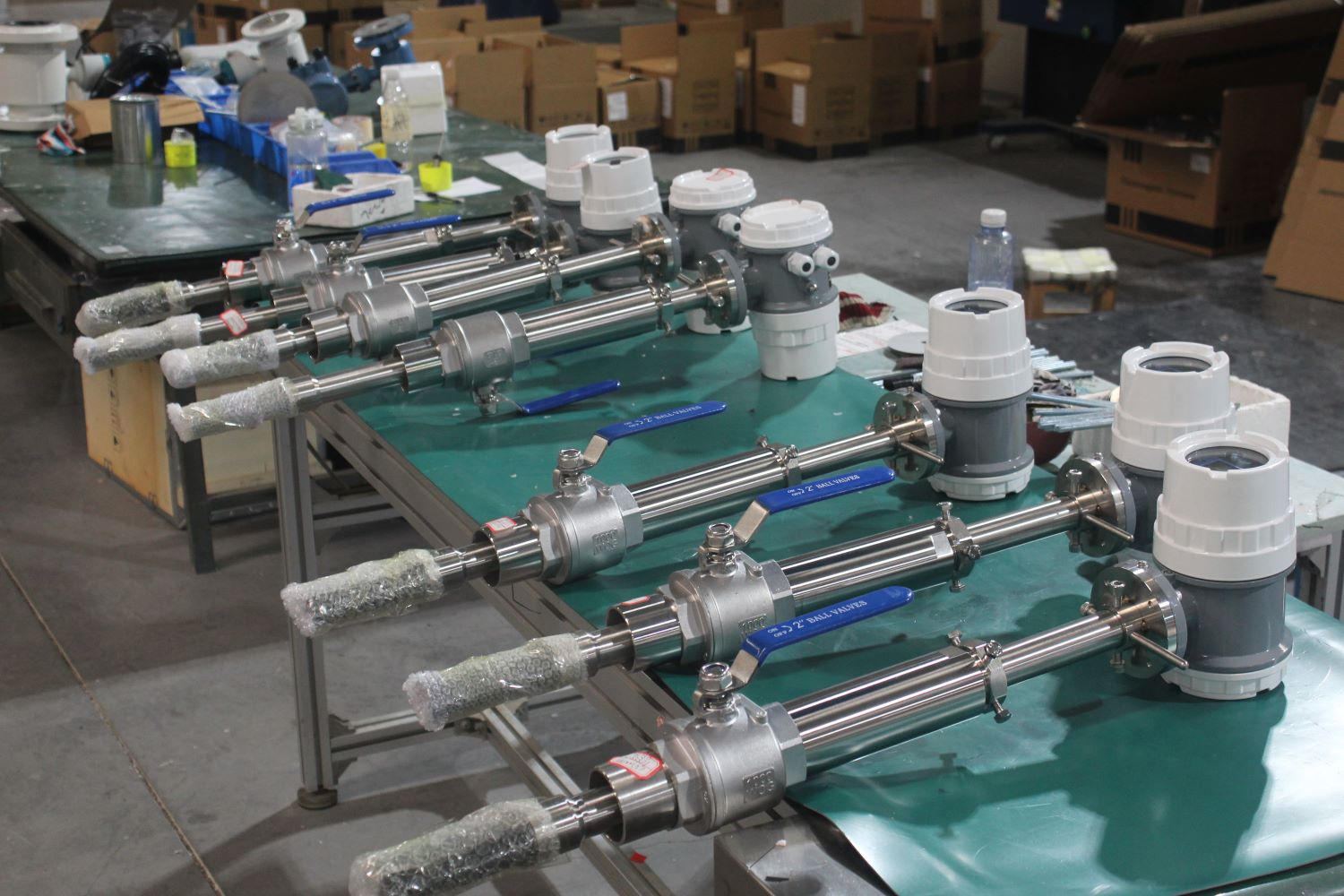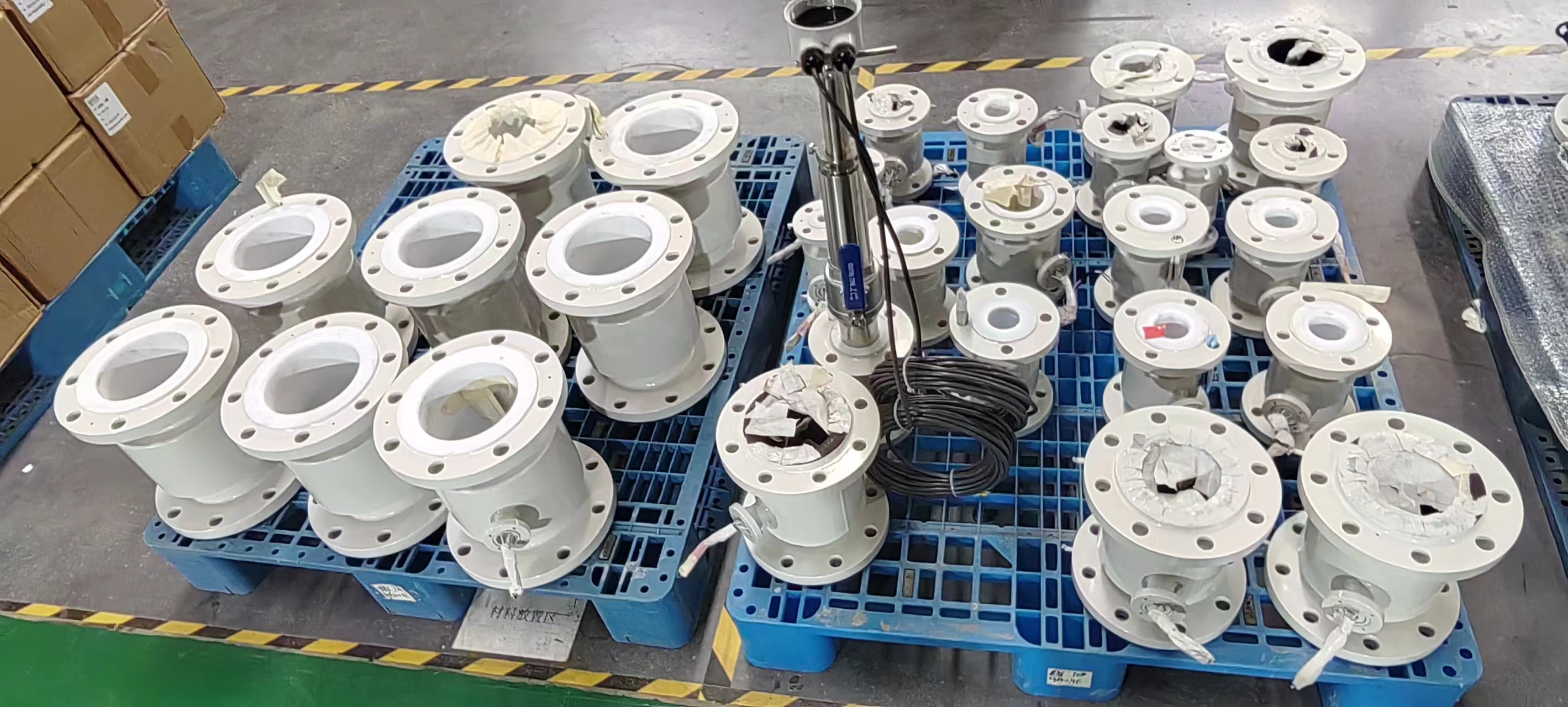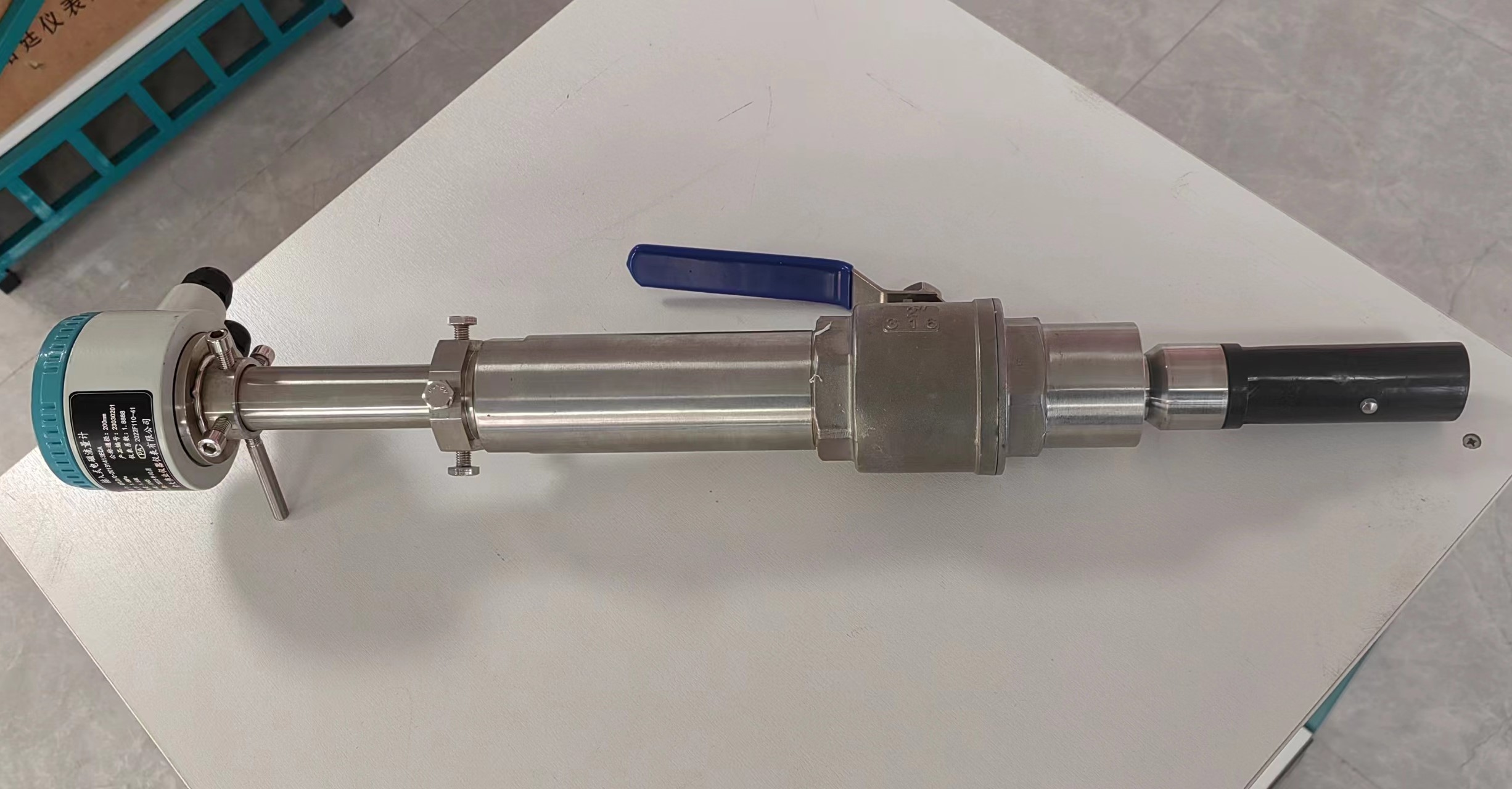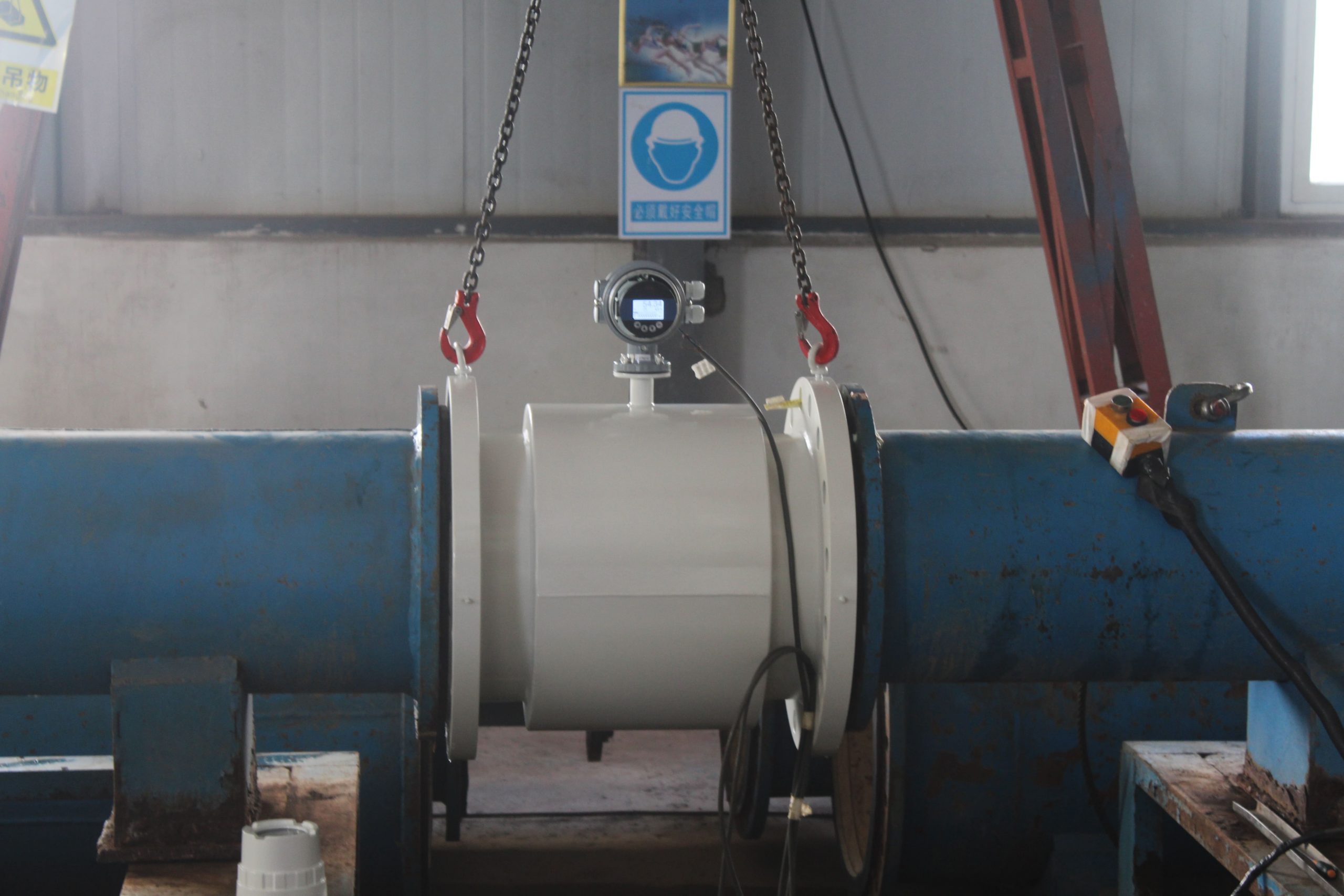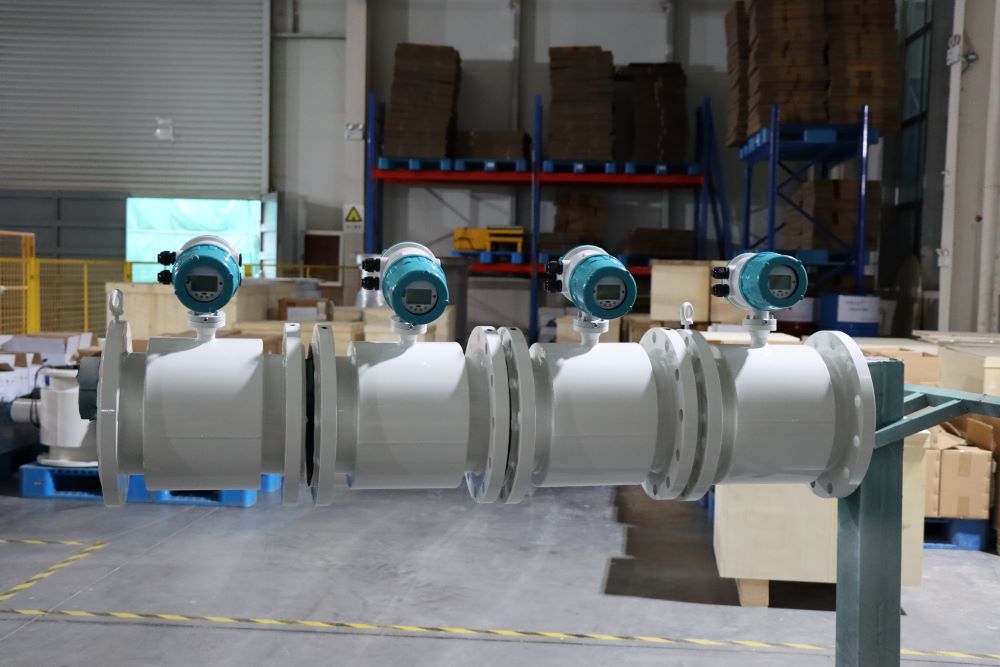Split electromagnetic flow meter installation precautions
Split electromagnetic flowmeters are mainly used to measure the volume flow of conductive liquid and slurry in closed pipes. Including acid, alkali, salt and other highly corrosive liquids.
Split electromagnetic flowmeter is widely used in petroleum, chemical industry, metallurgy, textile, food and pharmaceutical, paper and other industries as well as environmental protection, municipal management, water conservancy construction and other fields.
Split-type flowmeter installation points:
The sensor of the split electromagnetic flowmeter should be installed vertically, and the fluid flows from the bottom up to meet the solid and liquid two in a mixed state. The reason is that if there are solid objects in the medium (sand, small stone particles, etc.), it is easy to precipitate. In addition, if there are fish and weeds in the pipeline, the fish swimming in the pipeline will cause the output of the flowmeter to swing back and forth; The back and forth swing of weeds hanging near the electrode can also cause the output of the flowmeter to be unstable. A metal screen is installed at the upstream entrance of the flow meter to prevent fish and weeds from entering the measuring tube.
The split electromagnetic flowmeter prevents negative pressure from improper pipeline setting and operation, which will cause negative pressure in the sensor. When closing the valve on and downstream of the flowmeter at the same time, if the fluid temperature is higher than the air temperature. Shrinkage after cooling, so that the pressure in the tube has the danger of forming negative pressure. The negative pressure causes the lining to peel from the metal conduit, resulting in electrode leakage.
Add a negative pressure prevention valve near the split electromagnetic flowmeter, and open the valve to switch on atmospheric pressure to prevent negative pressure in the sensor. When the downstream of the split electromagnetic flowmeter is connected with a vertical pipeline,
If the upstream valve of the flow sensor is used to close or regulate the flow, negative pressure will be formed in the sensor measuring tube. To prevent negative pressure, apply back pressure or use downstream valves to regulate and close the flow.
Large diameter flowmeters are often installed in instrument Wells, for the convenience of pipeline installation, wiring, inspection and maintenance, it is necessary to leave appropriate space. In order to facilitate observation, wiring and maintenance, the instrument should be installed at a certain height from the ground for easy cleaning and installation.

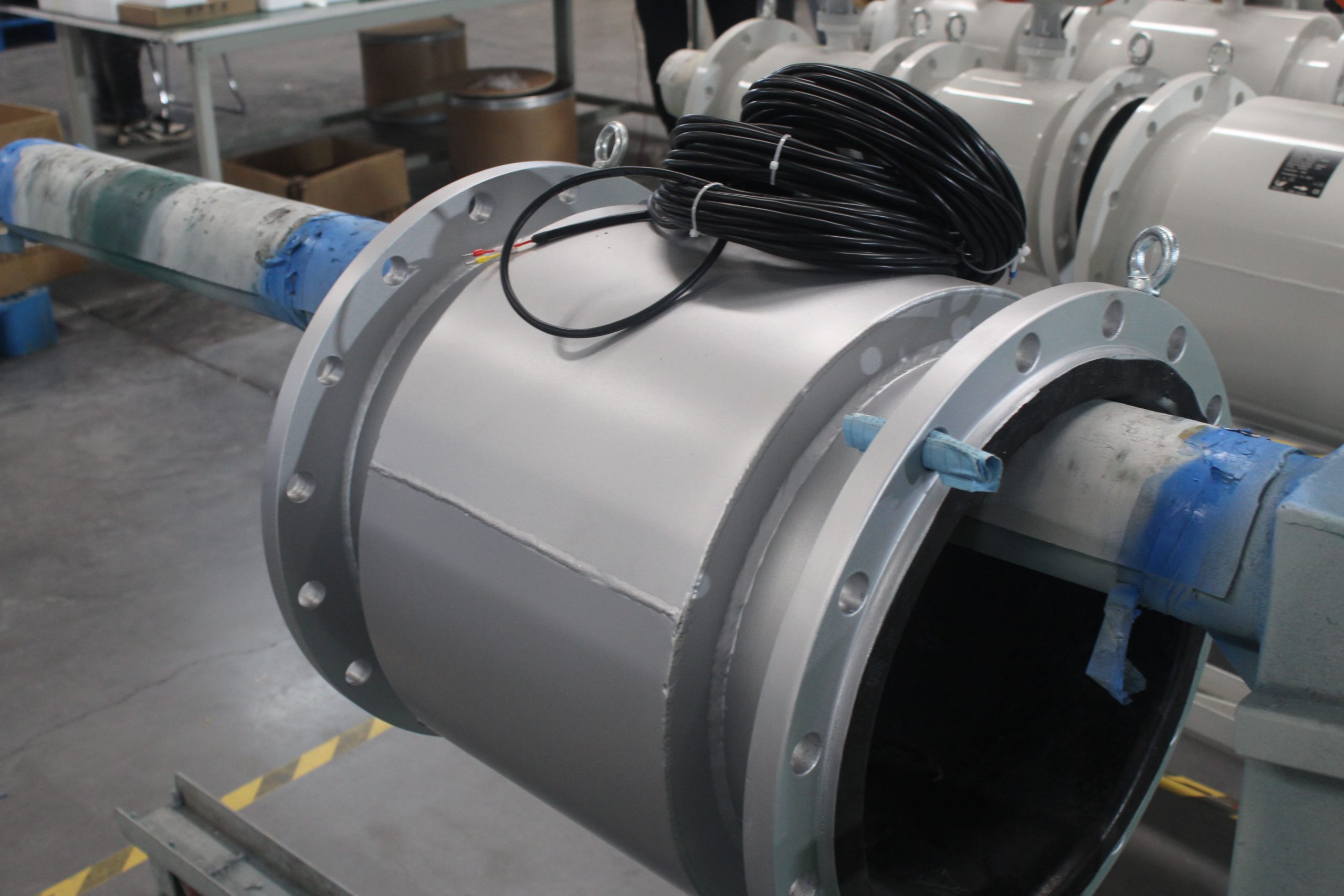
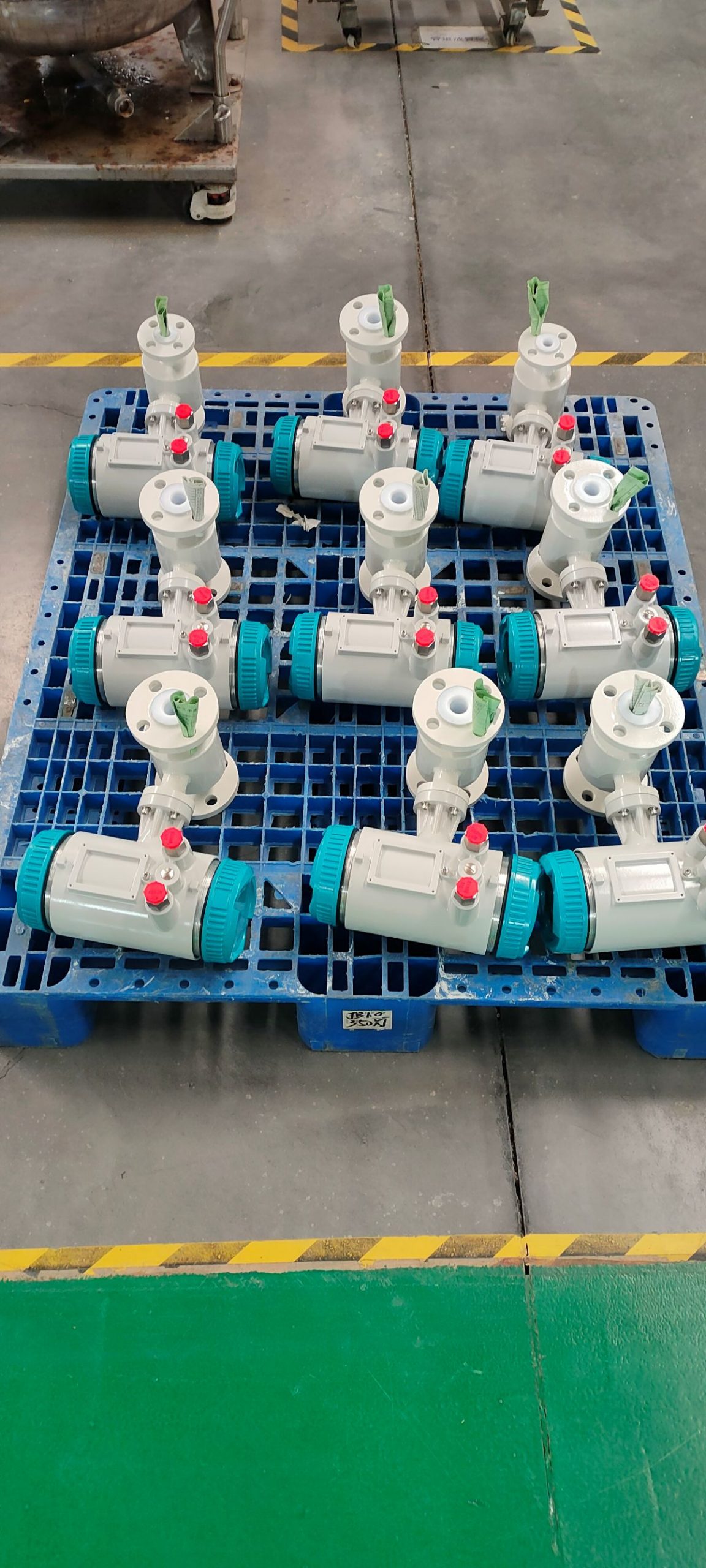
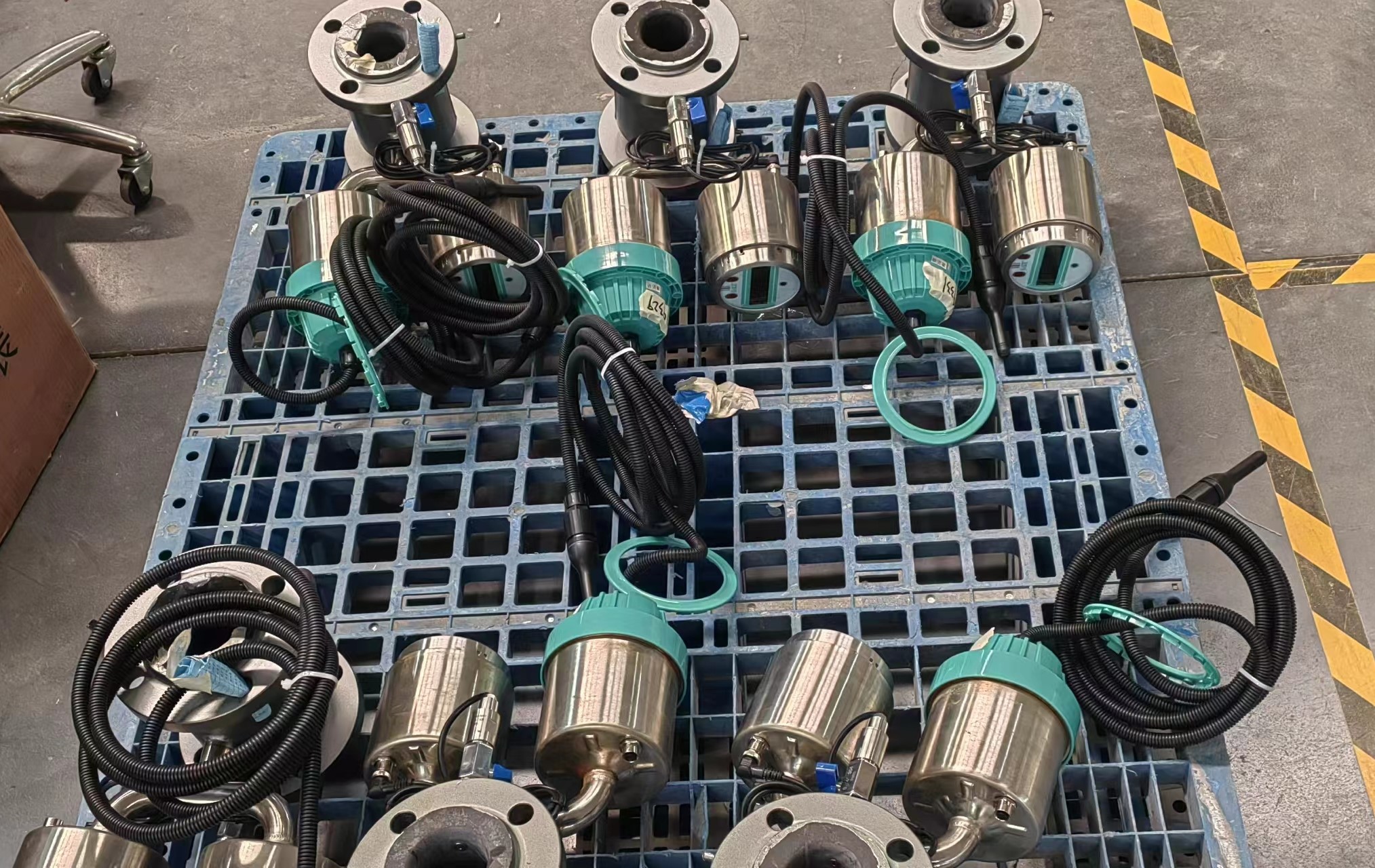

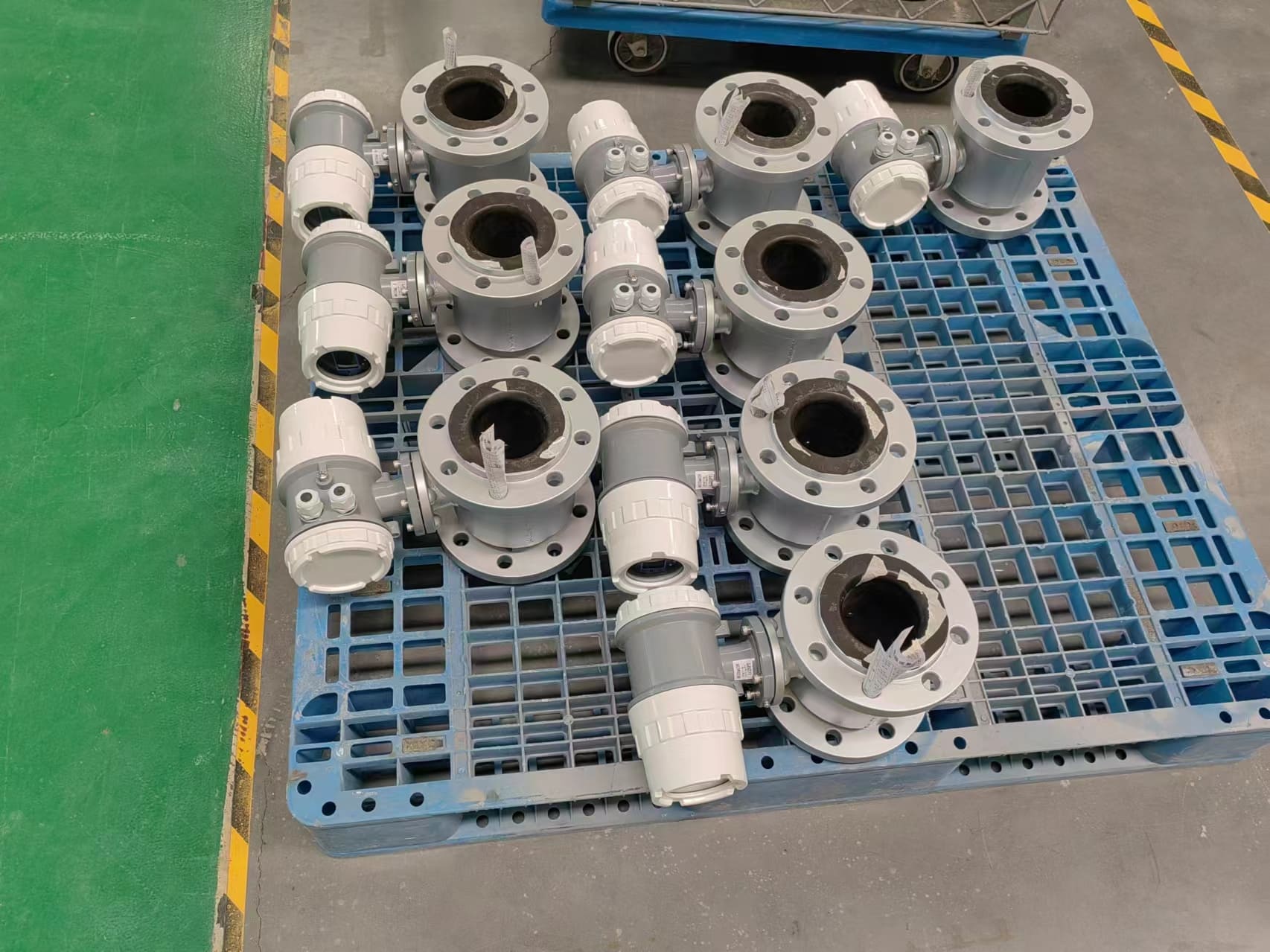
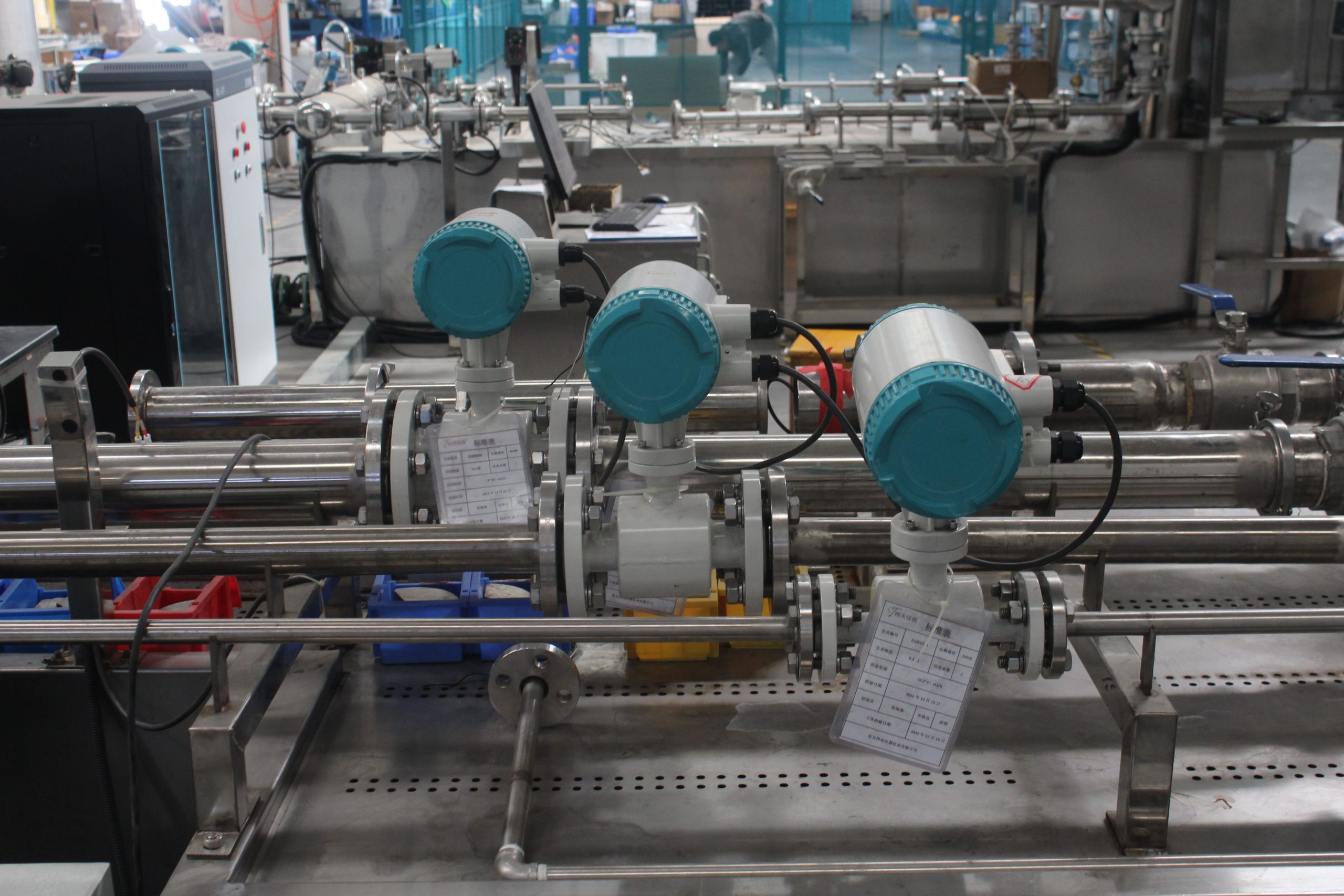

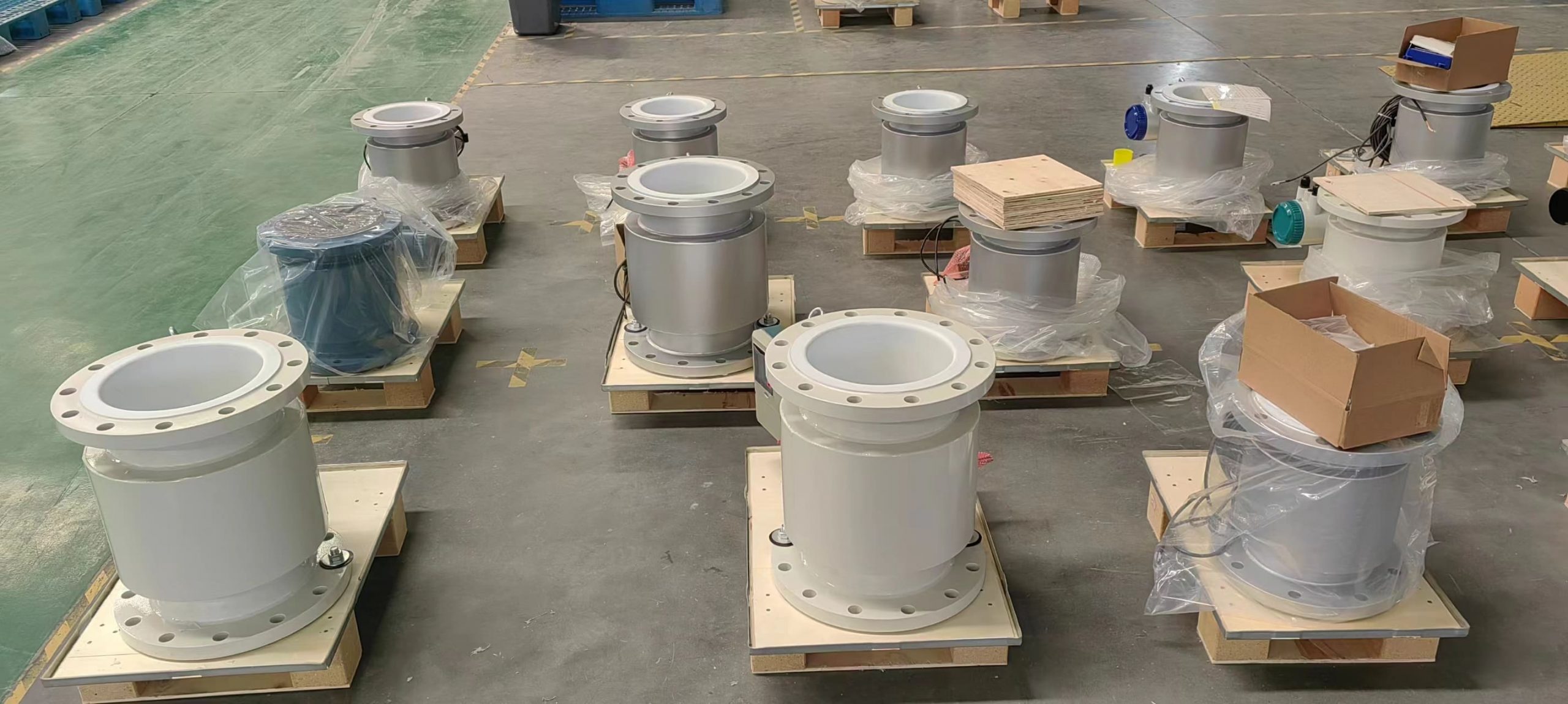
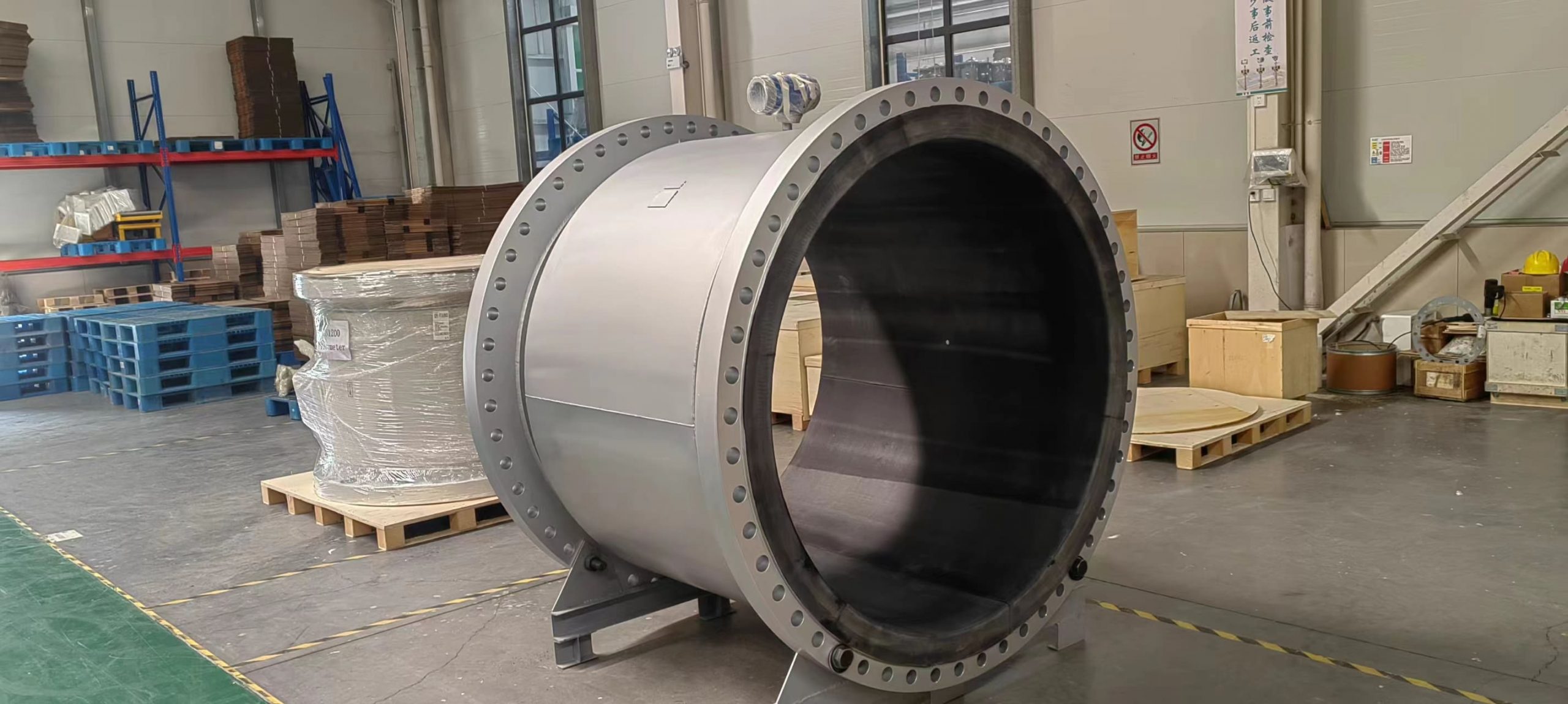

-.jpg)
